What Are the 5 Main Food Types?
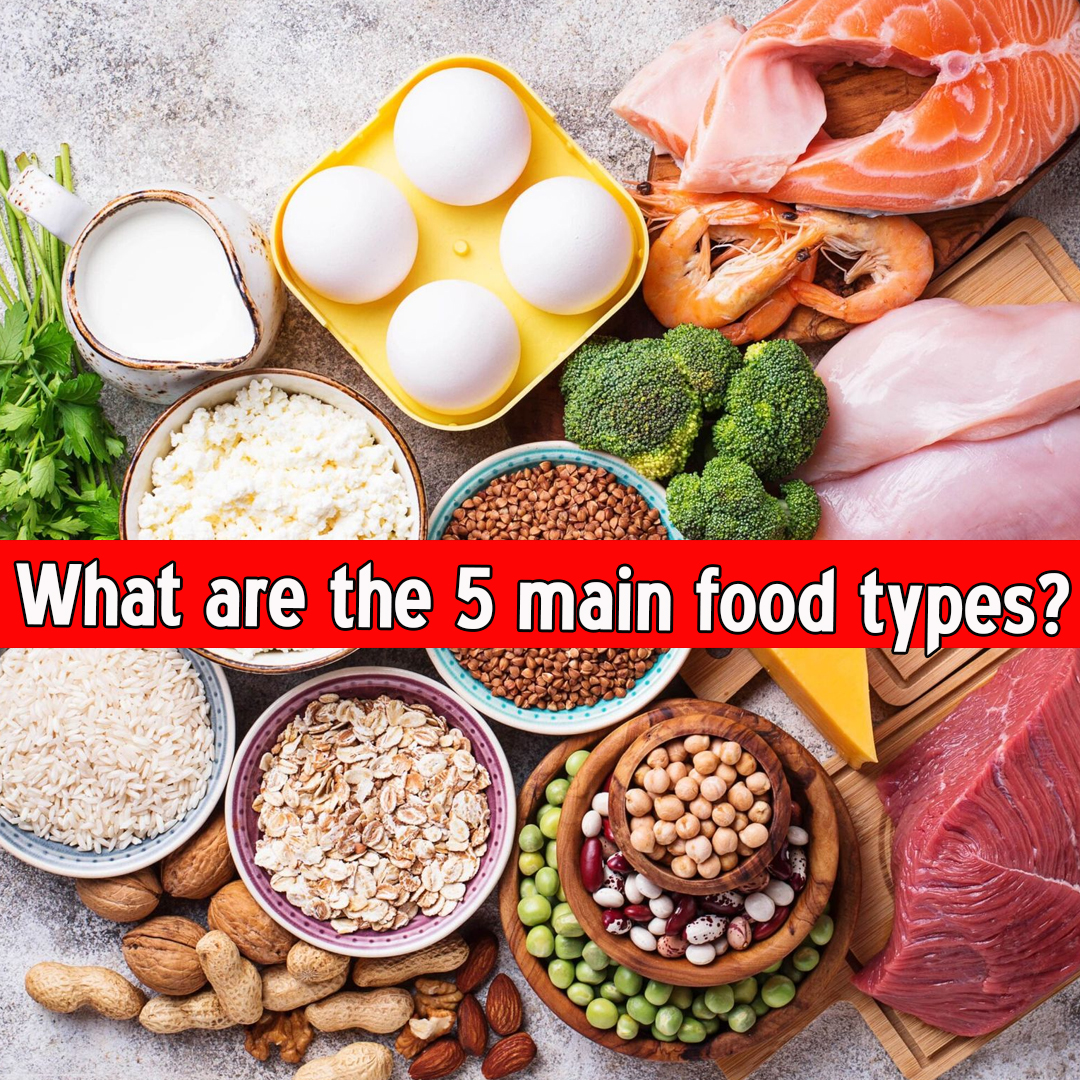
What are the 5 main food types?
Food is the cornerstone of human survival, growth, and health. A balanced diet requires the consumption of a variety of food types to provide all the essential nutrients that the body needs to function efficiently. Nutritionists and health organizations typically classify food into five main types to ensure people consume a variety of nutrients. What are the 5 main food types? These five main food types are:
- Fruits and Vegetables
- Carbohydrates (Starchy Foods)
- Proteins (Meat, Fish, Eggs, Pulses)
- Dairy and Alternatives
- Fats and Oils (in moderation)
Each of these food types has unique roles in maintaining the body’s health, and a well-balanced intake from each group is crucial for long-term wellness. Let’s examine each of these food types in detail.
1. Fruits and Vegetables
Overview
Fruits and vegetables are essential components of a healthy diet. They are rich in vitamins, minerals, fiber, and antioxidants, which play a vital role in protecting the body against disease.
Nutritional Content
- Vitamins: A, C, E, K, and several B-complex vitamins like folate
- Minerals: Potassium, magnesium, calcium, iron
- Fiber: Helps in digestion and preventing constipation
- Antioxidants: Beta-carotene, lycopene, flavonoids
Examples
- Fruits: Apples, bananas, oranges, grapes, mangoes, berries
- Vegetables: Spinach, broccoli, carrots, kale, bell peppers, onions
Health Benefits
- Reduces risk of chronic diseases like heart disease, stroke, and certain cancers
- Supports immune function and gut health
- Helps control blood pressure
- Assists in maintaining a healthy weight due to low calorie content
Dietary Guidelines
- Aim for at least 5 servings a day (ideally 2 fruits and 3 vegetables)
- Include a rainbow of colors for a wide range of nutrients
- Fresh, frozen, canned (low sodium), or dried varieties are acceptable
2. Carbohydrates (Starchy Foods)
Overview
Carbohydrates are the body’s primary source of energy. They break down into glucose, which fuels cells, especially in the brain and muscles.
| Read more – What Food Is China Famous For? |
Nutritional Content
- Simple Carbohydrates: Sugars found in fruits, milk, and some vegetables
- Complex Carbohydrates: Starches and fibers found in whole grains and legumes
Examples
- Whole Grains: Brown rice, oats, quinoa, whole wheat bread
- Refined Grains: White rice, white bread, pasta (less recommended)
- Root Vegetables: Potatoes, sweet potatoes, yams
Health Benefits
- Provides quick and sustained energy
- Aids brain function and concentration
- When consumed as whole grains, contributes to digestive health due to high fiber
- Can help regulate blood sugar when paired with fiber and protein
Dietary Guidelines
- Carbohydrates should make up 30-50% of daily caloric intake
- Prioritize whole grains over refined grains for better nutrient density
- Avoid high-sugar and processed carbs
3. Proteins (Meat, Fish, Eggs, Pulses)
Overview
Proteins are the building blocks of the body. They are crucial for the growth, repair, and maintenance of body tissues including muscles, skin, enzymes, and hormones.
Nutritional Content
- Essential Amino Acids: Must be obtained through food (e.g., lysine, leucine)
- Iron, Zinc, B12 (in animal sources)
- Plant Protein: May lack some amino acids but can be complemented with variety
Examples
- Animal Sources: Chicken, beef, fish, eggs, dairy, turkey
- Plant Sources: Lentils, beans, chickpeas, tofu, tempeh, nuts, seeds
Health Benefits
- Supports muscle growth and repair
- Maintains healthy skin, hair, and nails
- Helps with hormone and enzyme production
- Provides satiety, aiding in weight management
Dietary Guidelines
- Include 1–2 servings of protein per meal
- Balance animal and plant proteins for a more sustainable diet
- Limit processed meats like sausages and bacon due to high fat and sodium
4. Dairy and Alternatives
Overview
Dairy foods and their alternatives are primary sources of calcium, essential for healthy bones and teeth. They also offer high-quality protein and other vital nutrients.
Nutritional Content
- Calcium, Phosphorus, Vitamin D (fortified), Vitamin A
- Protein: Casein and whey proteins in milk
- Fat: Saturated fats (whole milk), less in low-fat options
Examples
- Dairy: Milk, cheese, yogurt, butter (in moderation)
- Plant-Based Alternatives: Soy milk, almond milk, oat milk (check for calcium fortification)
Health Benefits
- Strengthens bones and reduces risk of osteoporosis
- Aids muscle function and nerve signaling
- Improves dental health
- Probiotic-rich yogurts support gut health
Dietary Guidelines
- Consume 2–3 servings per day (1 cup milk/yogurt or 1 oz cheese = 1 serving)
- Choose low-fat or fat-free versions for better heart health
- For vegans, choose fortified plant alternatives with calcium and B12
5. Fats and Oils (Use Sparingly)
Overview
Fats are essential for energy, cell structure, and absorption of fat-soluble vitamins (A, D, E, and K). However, the type and quantity of fat consumed are critical for health.
Nutritional Content
- Unsaturated Fats: Omega-3 and Omega-6 fatty acids (healthy)
- Saturated Fats: Can raise LDL cholesterol
- Trans Fats: Harmful; increase risk of heart disease
Examples
- Healthy Fats: Olive oil, avocado, nuts, seeds, fatty fish (salmon, mackerel)
- Unhealthy Fats: Butter, margarine, ghee (in large amounts), processed snacks
Health Benefits (when healthy fats are consumed)
- Supports brain function
- Protects organs
- Helps control cholesterol levels
- Promotes healthy skin and hair
Dietary Guidelines
- Fats should comprise 20–35% of daily caloric intake
- Prioritize unsaturated over saturated fats
- Avoid trans fats altogether (often found in baked goods and processed snacks)
Balanced Diet and the Role of the 5 Food Types
A well-balanced diet involves the right proportion of all five food types. The goal is not only to meet daily calorie needs but to nourish the body with all essential macro- and micronutrients.
The Eatwell Plate (UK model)
- Fruits and Vegetables: 40%
- Carbohydrates: 30%
- Proteins: 15%
- Dairy or Alternatives: 10%
- Fats and Oils: 5% (sparingly)
Importance of Balance
- Deficiency in any food group can lead to malnutrition or disease
- Excess can result in obesity, diabetes, or cardiovascular issues
Example of a Balanced Meal:
- Grilled salmon (protein + healthy fat)
- Quinoa or brown rice (carbohydrate)
- Mixed greens salad with tomatoes and cucumbers (vegetables)
- Greek yogurt for dessert (dairy)
Cultural and Dietary Considerations
While the five food types apply globally, individual preferences, religious beliefs, and cultural diets influence how people interpret and consume them.
Vegetarian and Vegan Diets
- Substitute animal proteins and dairy with legumes, tofu, fortified plant milk
- Require B12 and iron monitoring
Mediterranean Diet
- High in fruits, vegetables, legumes, whole grains, olive oil, and fish
- Low in red meat and processed foods
Indian Diet
- Based on rice, lentils (dal), vegetables, and dairy like curd and paneer
- Spices add antioxidants and flavor
Common Misconceptions
- Carbs are bad – False. Whole carbs are essential; only refined ones should be limited.
- Fats cause weight gain – False. Healthy fats in moderation are necessary.
- All proteins must be animal-based – False. Plant-based proteins can be equally effective.
- Fruit sugar is harmful – False. Natural sugars in whole fruits come with fiber and nutrients.
Conclusion
Understanding the five main food types—fruits and vegetables, carbohydrates, proteins, dairy and alternatives, and fats and oils—is essential for maintaining a healthy, balanced diet. Each food group contributes uniquely to bodily functions, and their combined consumption ensures we get all the nutrients needed for energy, growth, immunity, and longevity.
To optimize health:
- Eat a variety from all five food types daily
- Limit processed foods, excessive sugar, salt, and unhealthy fats
- Stay hydrated and incorporate physical activity
In the long run, a diet informed by the five food groups is not just a guideline—it is a sustainable lifestyle choice that promotes vibrant health, energy, and disease prevention.

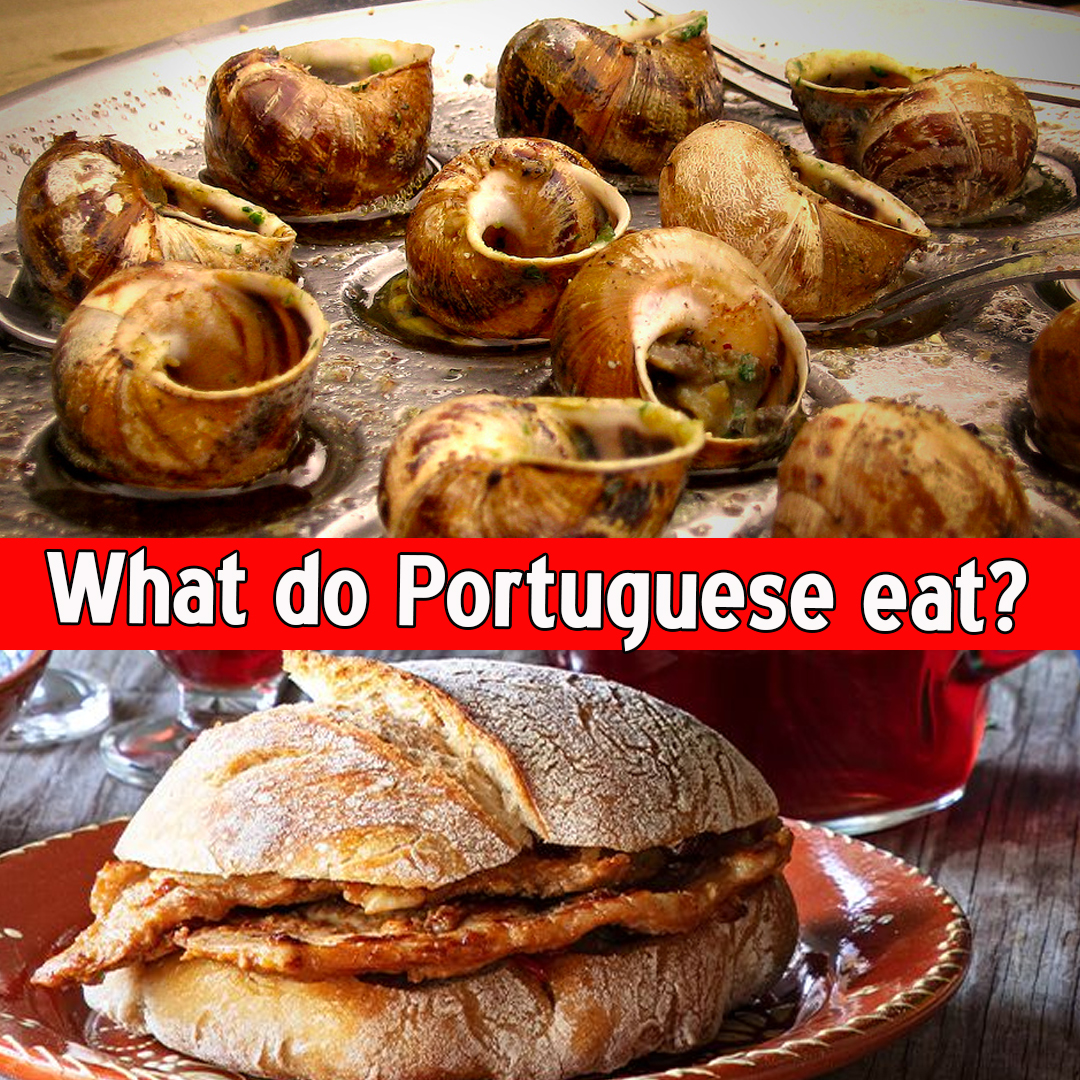


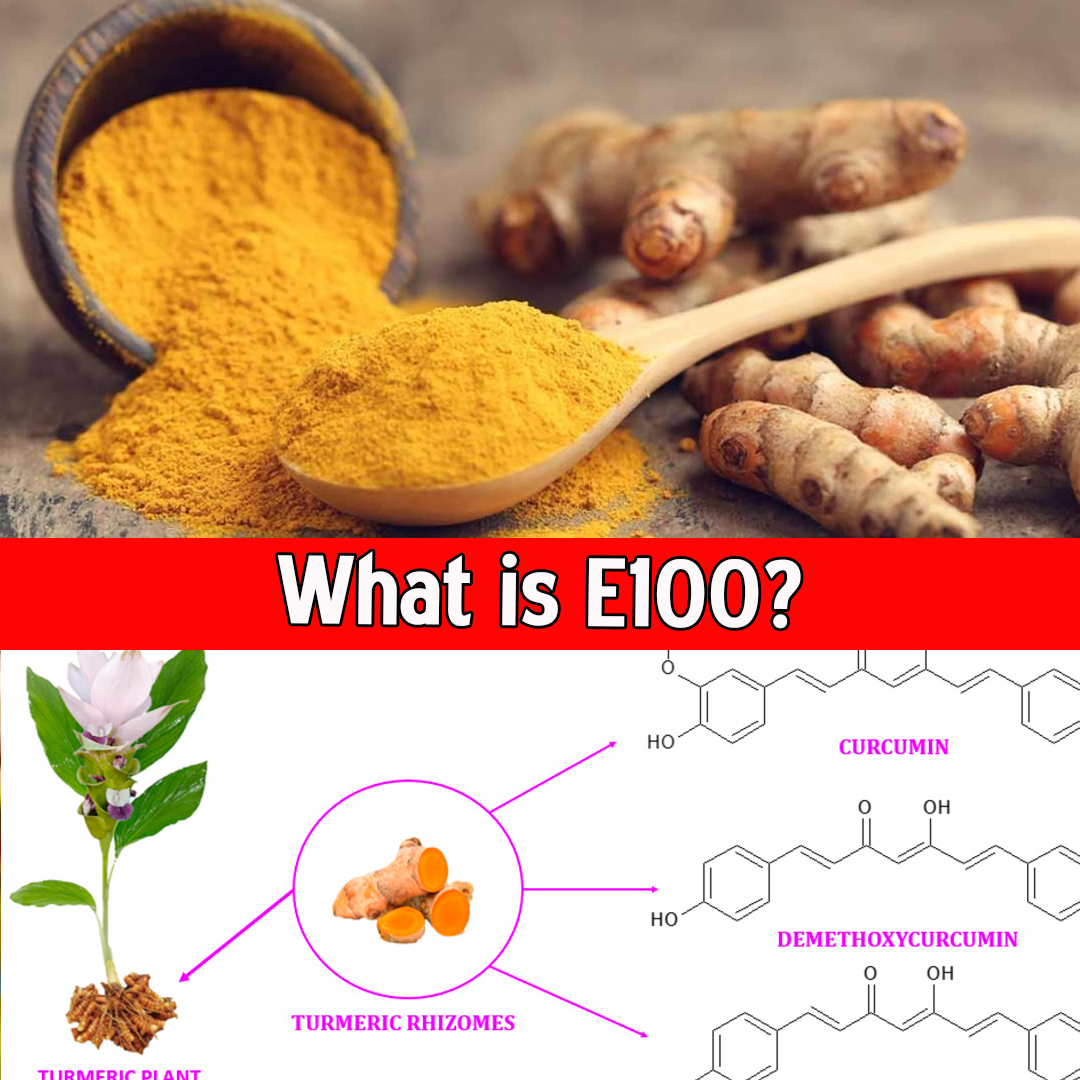

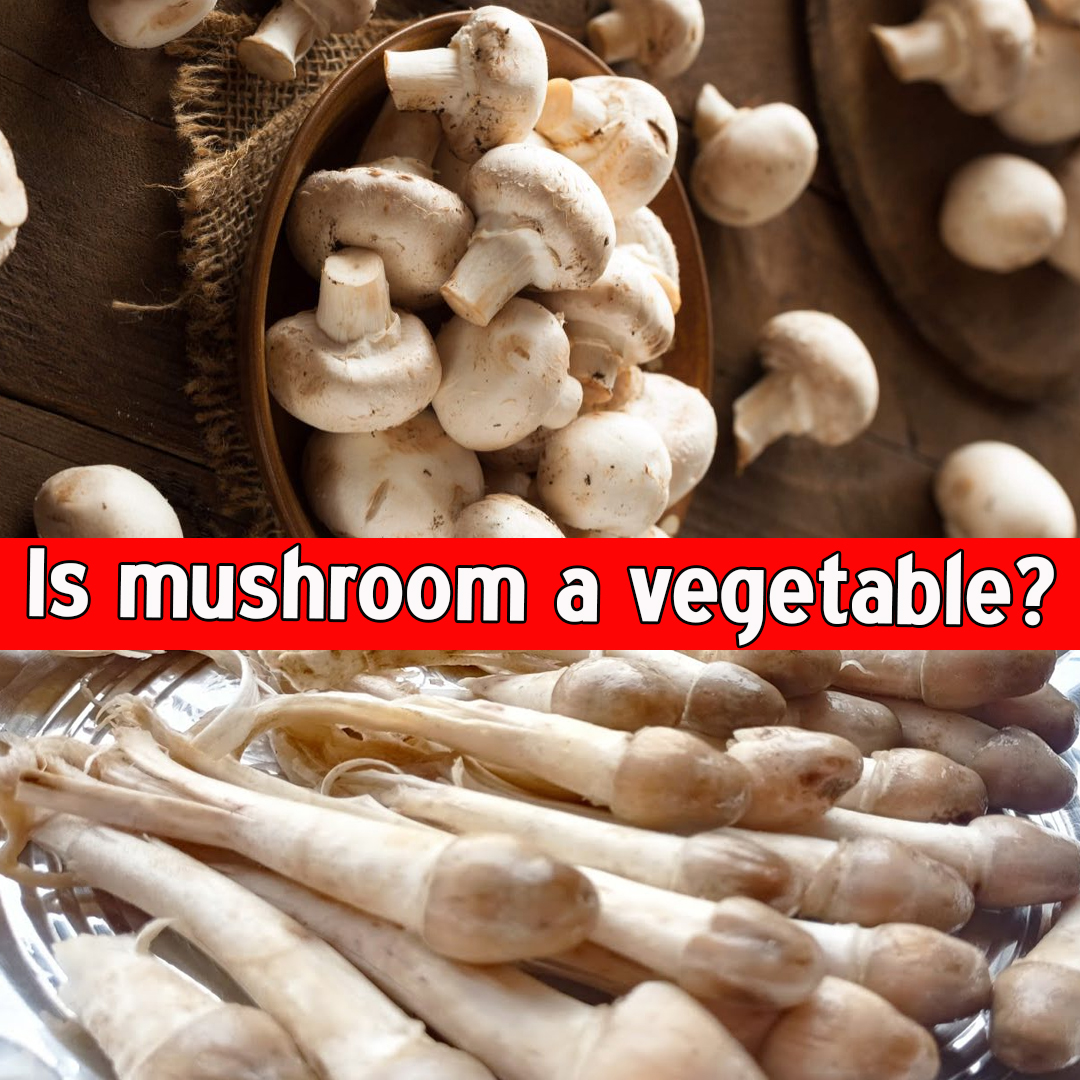

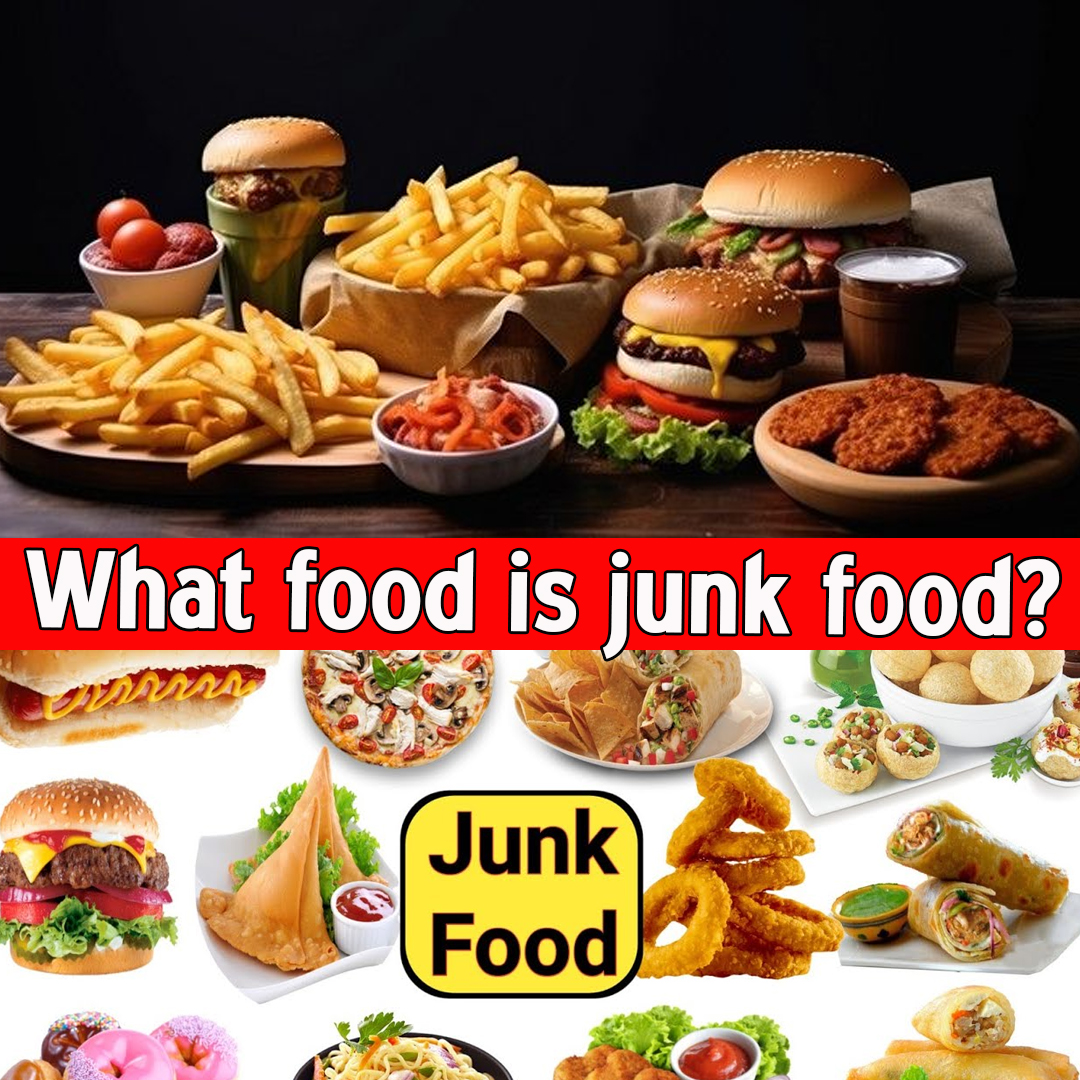

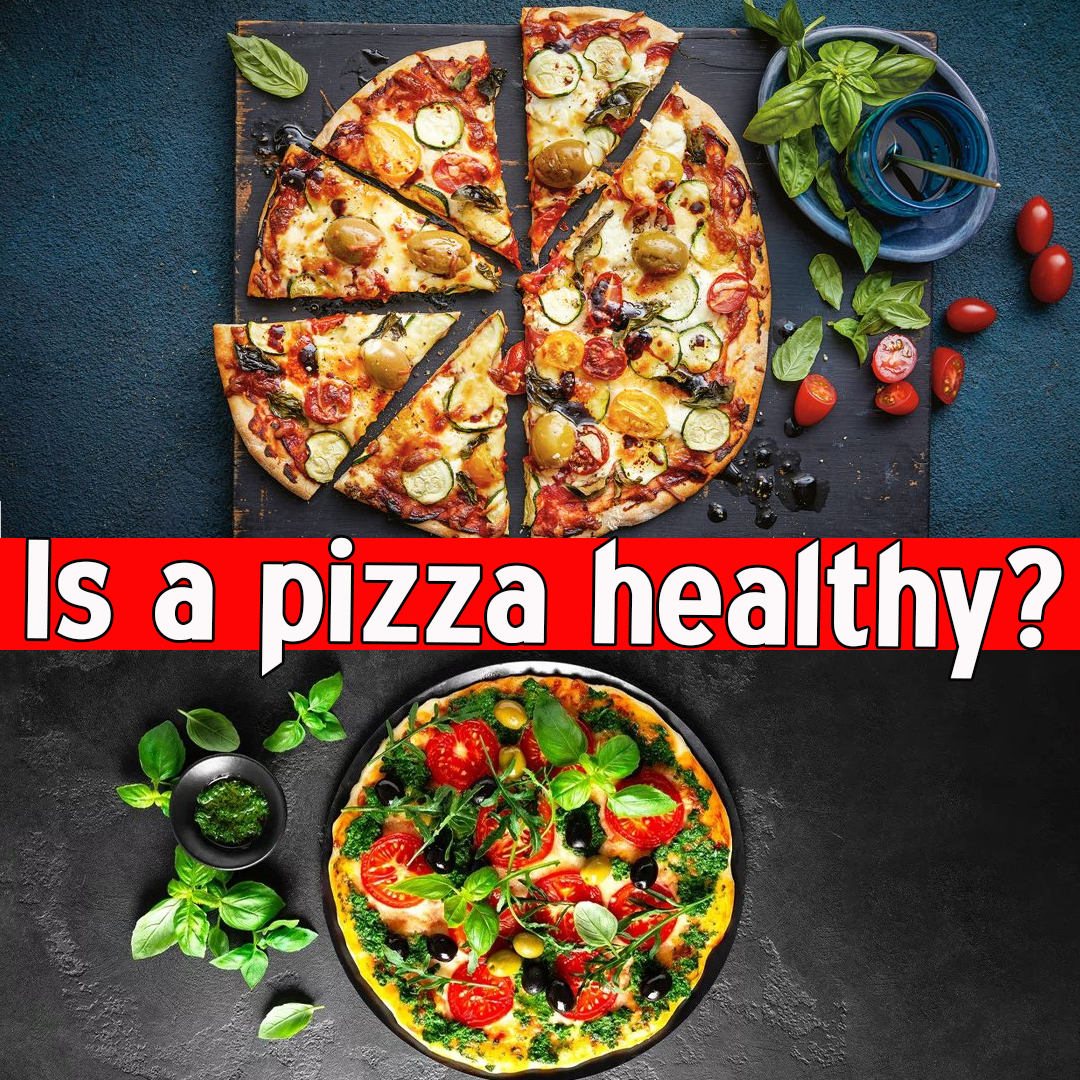

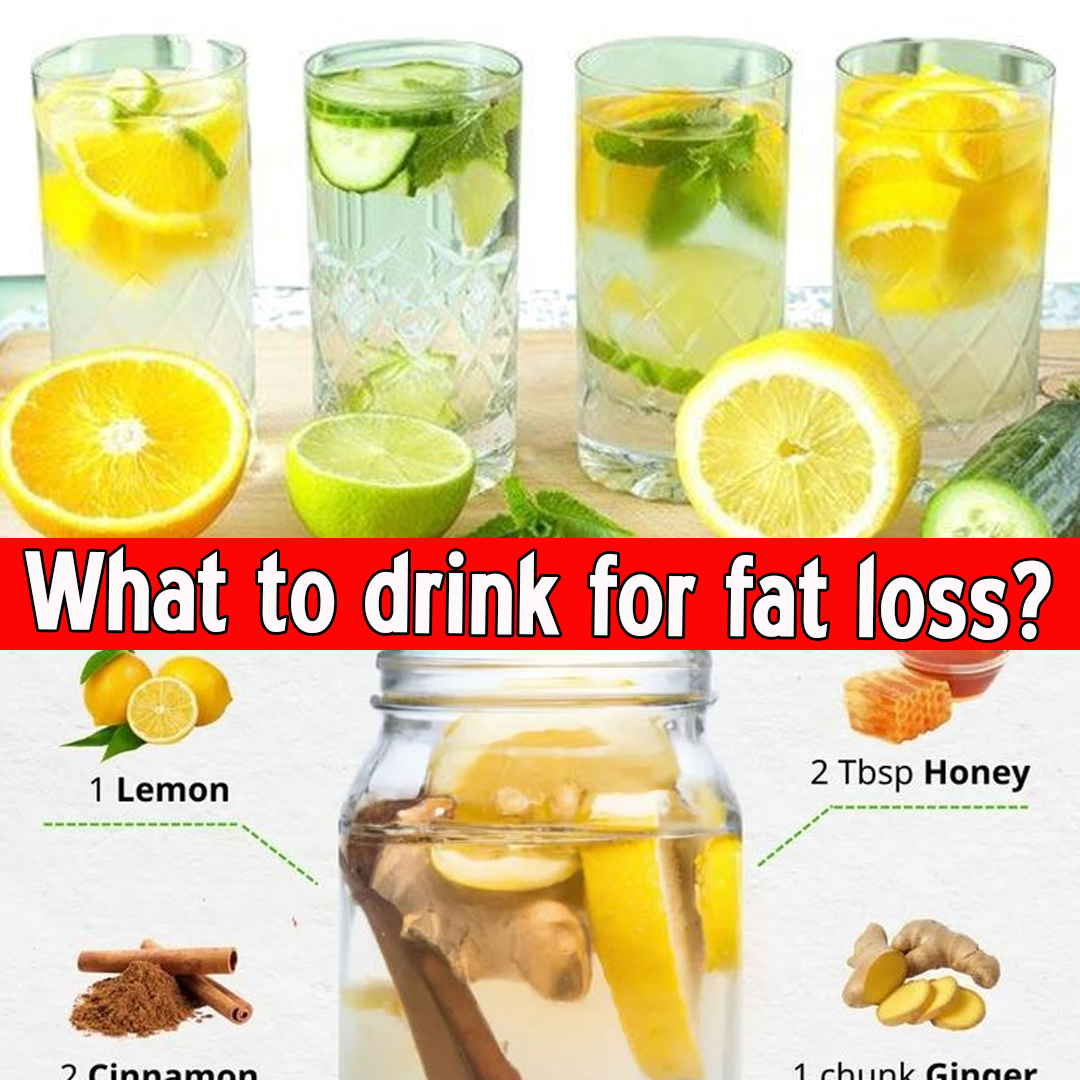
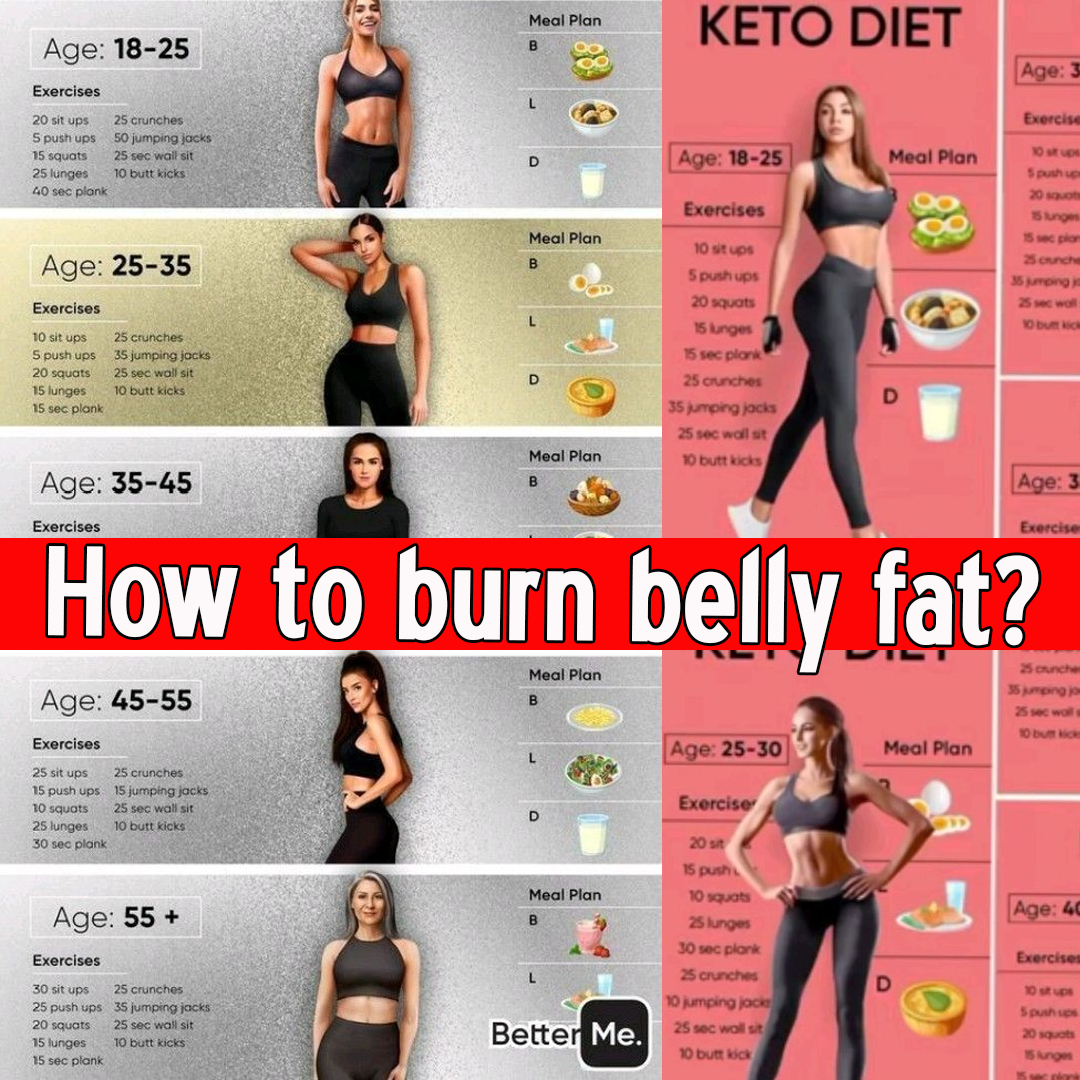

Leave a Reply